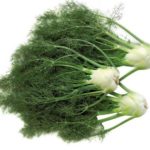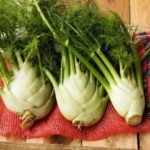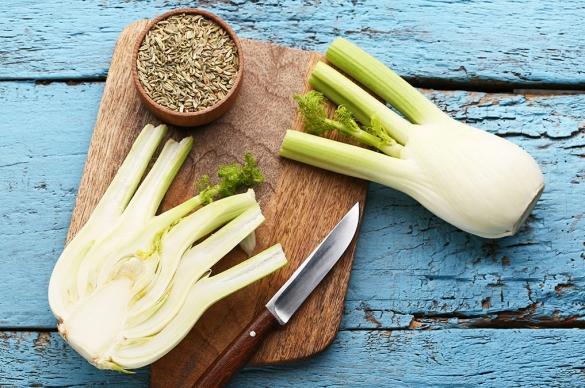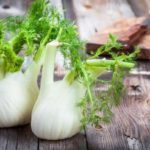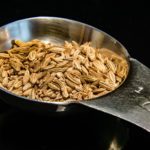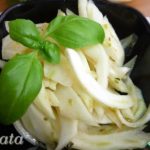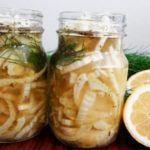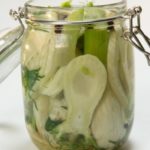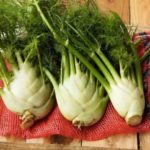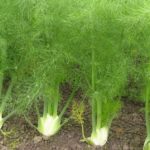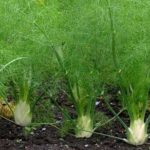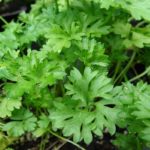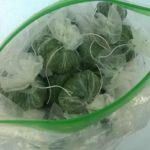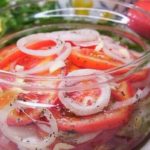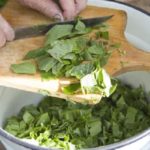Fennel is an umbelliferous evergreen plant that is unfairly rarely grown. Its properties have been known for a long time: fennel contains important trace elements and minerals. Harvesting fennel for the winter includes recipes that are chosen carefully. To preserve its taste and benefits, you need to know how to prepare it correctly. The plant can be dried, salted or pickled. For lovers of freshness, freezing fennel is used at any time of the year.
Features of the workpiece
Harvesting fennel is a process that requires theoretical knowledge.First of all, the plant variety is selected: there are 10 species and many specially bred varieties. Wild fennel contains poison, so it must be collected and prepared very carefully. It’s easier to grow on your own plot, having decided on the selected variety:
- Corvette - 60 cm in height, powerful branches and large fleshy roots. Requires about 120 days to fully ripen, suitable for warm areas.
- Leader is an early ripening variety that differs from Corvette in height. The branches can reach 170 cm, a choice for those who are primarily interested in seeds and umbrellas. Suitable for cold latitudes.
- Soprano is a mid-season variety, about 115 days for ripening. Combines 150 cm of branches and powerful bulbs. A variety of fennel that is universal in its requirements.
The main feature that is important for a person getting acquainted with the culture is the usefulness of each part of the plant. Bulbs, stems, and umbrellas with seeds on them are eaten. It is important to remember that the ripening time for these parts is different.
Collection and preparation of the main ingredient
The collection of stems and bulbs is carried out closer to late autumn. Fennel, with the exception of early ripening varieties, ripens for a long time, gaining color and taste. The seeds are ready for collection between the end of August and the beginning of September.
The bulbs are used only in the second year after planting. The plant is perennial; the lower part is dug up only after the stem reaches a centimeter diameter.The gardener independently decides why he grows fennel; this determines when the crop will be harvested and how it will be used in the future.
To prepare for harvesting, the stems and umbrellas are dried for several days in a dry, unventilated room. In order to avoid mold during drying, it is recommended to mix the prepared raw materials. Storage requires glass or tightly sealed other seed containers, such as paper or fabric bags. Stems and bulbs are stored as preserves. Umbrellas are an ingredient for pickling other fruits, imparting a characteristic taste and aroma.
Recipes for preparing fennel for the winter
The variety of harvesting methods is explained by the plant’s versatility in use: from seasoning and medicine to snacks and independent dishes. Winterizing allows you to enjoy fennel year-round.
Drying
The purpose of drying is to obtain aromatic greens that change the taste of many dishes. In order to get the best version of dried fennel, you must follow several rules:
- You should take only the soft, young and most tender leaves. Stems and umbrellas are used less frequently for drying. Leaves can be plucked during ripening all summer, thus collecting raw materials for drying.
- It is not recommended to wash the leaves, as this will remove most of their aromatic properties. It's better to shake gently.
- As with other crops, drying requires a dry and well-ventilated area. The wind allows the moisture released by the raw material to escape into the air. It is advisable that sunlight does not fall on the leaves, destroying the color pigment.
- A universal sign that the leaves are sufficiently dried is the fragility of the raw material. If the leaves break from a light touch, then it’s time to mash and store in airtight jars for later use.
The fennel obtained in this way is used within one year; further storage is impractical.
Pickling
Used to preserve all beneficial properties. Salt is a natural preservative. The classic proportion for pickling is: a kilogram of plant per glass of salt. The greens should be washed, chopped and mixed with salt. Then the mass is placed in jars with tightly closed lids and stored in the refrigerator. To prevent mold from forming, it is appropriate to pour sunflower oil on top. The film formed will deprive the mass of oxygen and prolong storage.
Fennel is used to make flavored oils and vinegars. To do this, the greens must be washed, chopped and combined in a storage container with 1 spoon of oil and 1 spoon of vinegar. Then add 2 cloves of garlic and cloves. The resulting product will add freshness and the characteristic aroma of the plant to first and second courses.
Pickling
Most often, the lower part – the powerful tubers – is pickled. The marinade recipe includes the root itself, olive oil, sugar, wine vinegar, mustard seeds and salt and pepper to taste.
Storage jars are sterilized in the oven. The tubers are cut in a manner convenient for consumption - into small cubes or as you like. Half a teaspoon of black pepper and the same amount of mustard are heated together in a frying pan until a characteristic aroma appears, then crushed into powder in a mortar. Pour into the pan:
- water;
- half a glass of sugar;
- 3 tablespoons oil;
- 1 glass of vinegar;
- and spices.
The marinade is brought to a boil, then removed from the stove and evenly distributed into jars with chopped tubers. The jars are sterilized in a water bath and then closed with a lid. The best thing is to roll up the cans.
Can fennel be frozen?
Yes, you can, using one of several methods. The greens are sorted, small parts are selected, washed and frozen in a plastic bag from which the air is removed. It is better to defrost in the refrigerator rather than at room temperature.
It is convenient to freeze fennel in food containers. This way the plant retains its appearance and is easier to obtain frozen. There is a method of freezing in liquid: the greens are frozen in ice cubes, which are then wrapped in foil. The result is a plant that looks like it was just picked from the garden.
Best before date
Depending on the tightness, the shelf life ranges from 9 months to 2 years. Pickled tubers last the longest, provided that the sterilization of jars and products was carried out correctly. Salting and drying are stored for no more than a year, losing their beneficial and taste properties after this period. Frozen fennel can be stored for several years if the temperature is maintained, preferably in frozen water.

